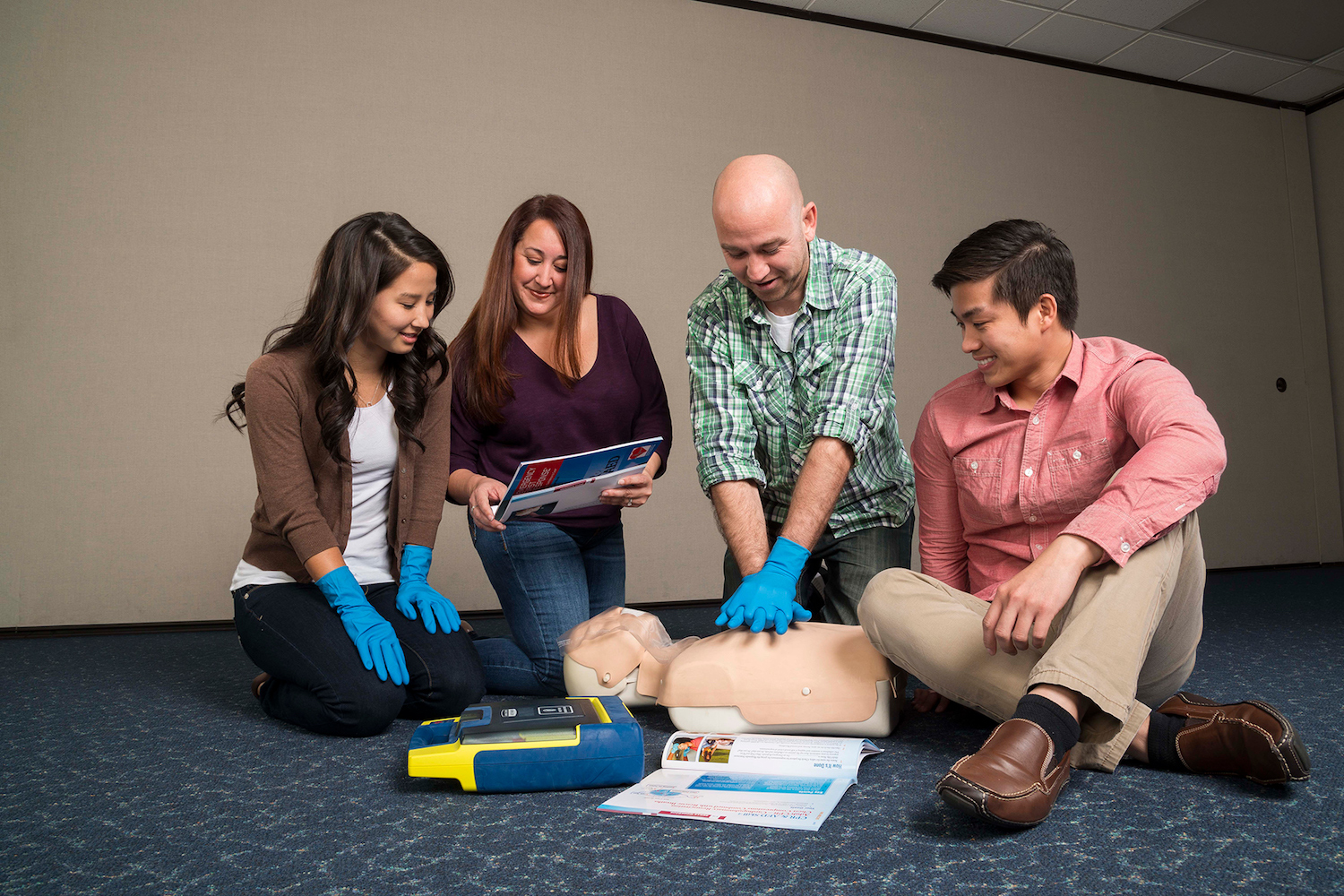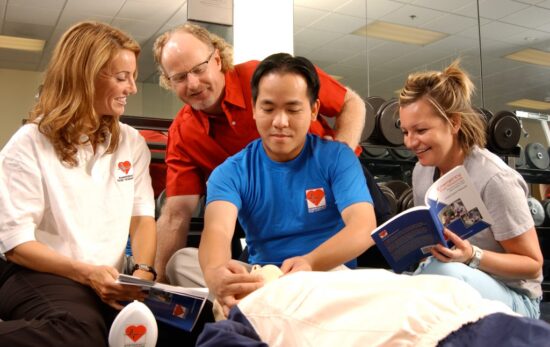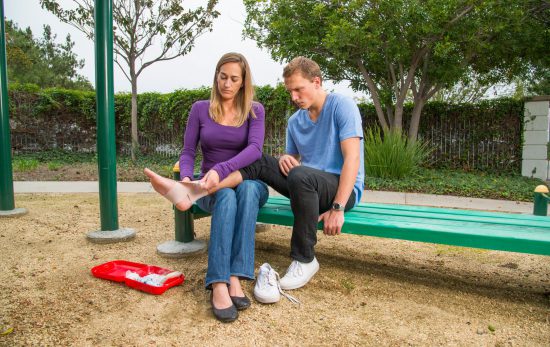You know the acronym, and you’re likely familiar with what the procedure looks like, but what does CPR stands for?
CPR stands for CardioPulmonary Resuscitation.
In this article, we will look at what CPR is, how it’s performed, when it should be used and why knowing how to do it is so valuable. Ready to learn all about CPR? Then, keep reading.

What is CPR?
CPR, or cardiopulmonary resuscitation, is a medical procedure which can be used in emergencies involving cardiac arrests to improve a patient’s chance of survival. In the majority of cases, CPR is a combination of chest compressions and rescue breaths. Together, these actions can work to maintain the lost supply of oxygen to the brain and other critical organs caused by the failure of the heart.
Importantly, CPR is not a technique to restart a heart — contrary to popular belief. Although the heart can restart in rare instances, CPR’s key function is to bridge the gap between the onset of the emergency and the time when heart-restarting treatment can be administered. This helps to prevent long-term damage to the body which would otherwise occur due to the absence of oxygen.
While treatment to restart a heart may arrive to the patient in many forms, one of the most readily available is the automated external defibrillator (AED). In many countries, these devices are often located in public areas, especially in airports, schools, malls and businesses. If an AED is not successful and the heart cannot be restarted on site, medical professionals will usually transport the patient to a hospital for further treatment.
When Should You Perform CPR?
In an emergency situation, it’s important to know when to perform CPR (and, equally, when not to perform CPR). Above all else, the best indicator of a need for CPR is an absence of normal breathing.
While also an applicable indicator for CPR requirement, trying to find a pulse in an adrenaline-filled moment may cost the patient time they don’t have.
If CPR is required, remember that basic CPR is made up of:
- Scene Assessment – Make sure the area is safe for you and the patient. Ensure that nothing in the immediate surroundings will put you in danger if you decide to act.
- Chest Compressions – Perform 30 compressions using a rate of 100-120 compressions per minute. Remember to keep your elbows locked and arms straight while leaning over the patient.
- Rescue Breaths – Provide 2 rescue breaths after each set of 30 compressions. Open the airway by tilting the head back. Gently pinch the nose and administer two slow breaths.
Additionally, it’s worth noting that CPR is not a one-size-fits-all technique. The correct CPR technique for adults is different to the correct CPR technique for children and infants. If you’re interested in learning CPR techniques for children, consider completing the Emergency First Response Care for Children Course.

Does CPR Make a Difference?
There are a lot of variables when it comes to how successful CPR can be in saving a person’s life. However, to put it simply, a person has a better chance of surviving if CPR is performed.
Where Can I Learn CPR?
CPR is a life-saving skill everyone should be aware of. Luckily, a variety of options exist for learning CPR. There are both online and in-person courses that teach the basics. In some cases, these courses also provide a CPR certification or Basic Life Support (BLS) certification (sometimes required by employers).
Emergency First Response (EFR®) offers a wide range of courses, covering the topic of CPR, in addition to many other first aid skills. The EFR courses that cover CPR include:
- Emergency First Response Primary Care (CPR) Course
- Emergency First Response Secondary Care (First Aid) Course Content
- Emergency First Response Care for Children Course
- Emergency First Response CPR & AED Course
- Emergency First Response Refresher Course
- Emergency First Response Workplace Courses
Are you ready to acquire the skills and knowledge to act in a medical emergency? It’s time to sign up for an Emergency First Response course. Learn more here or find the nearest available course by clicking below.




